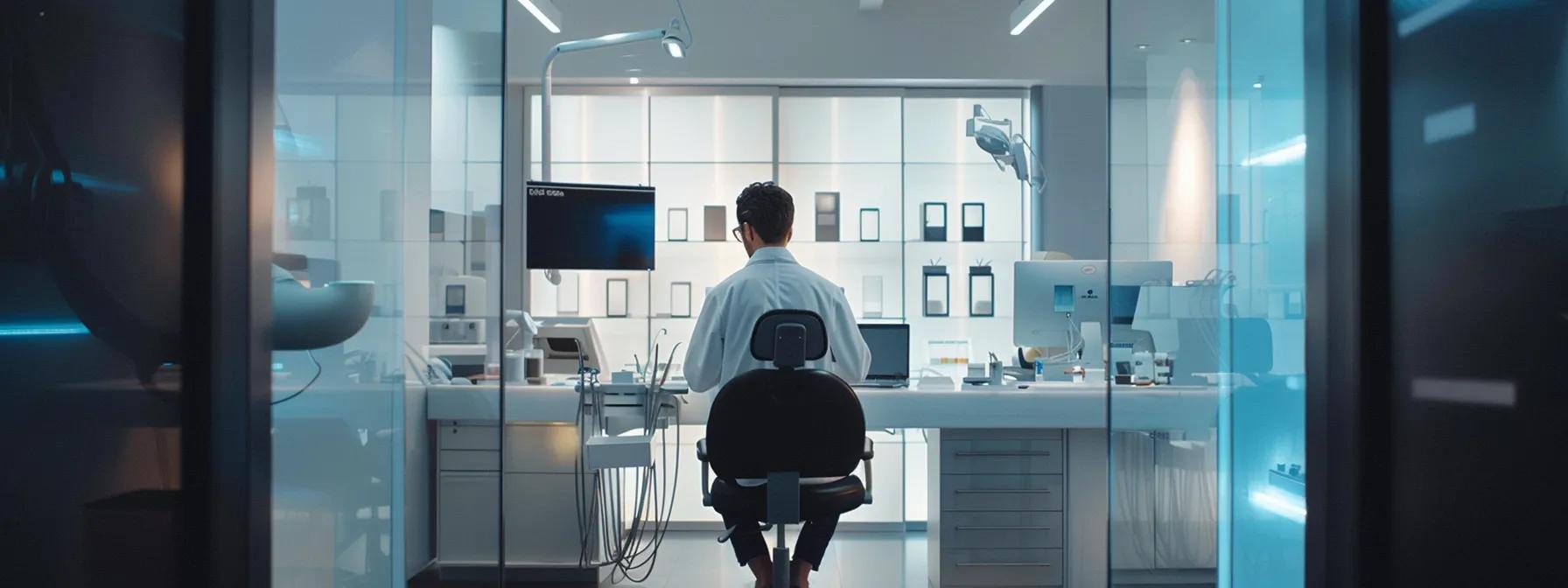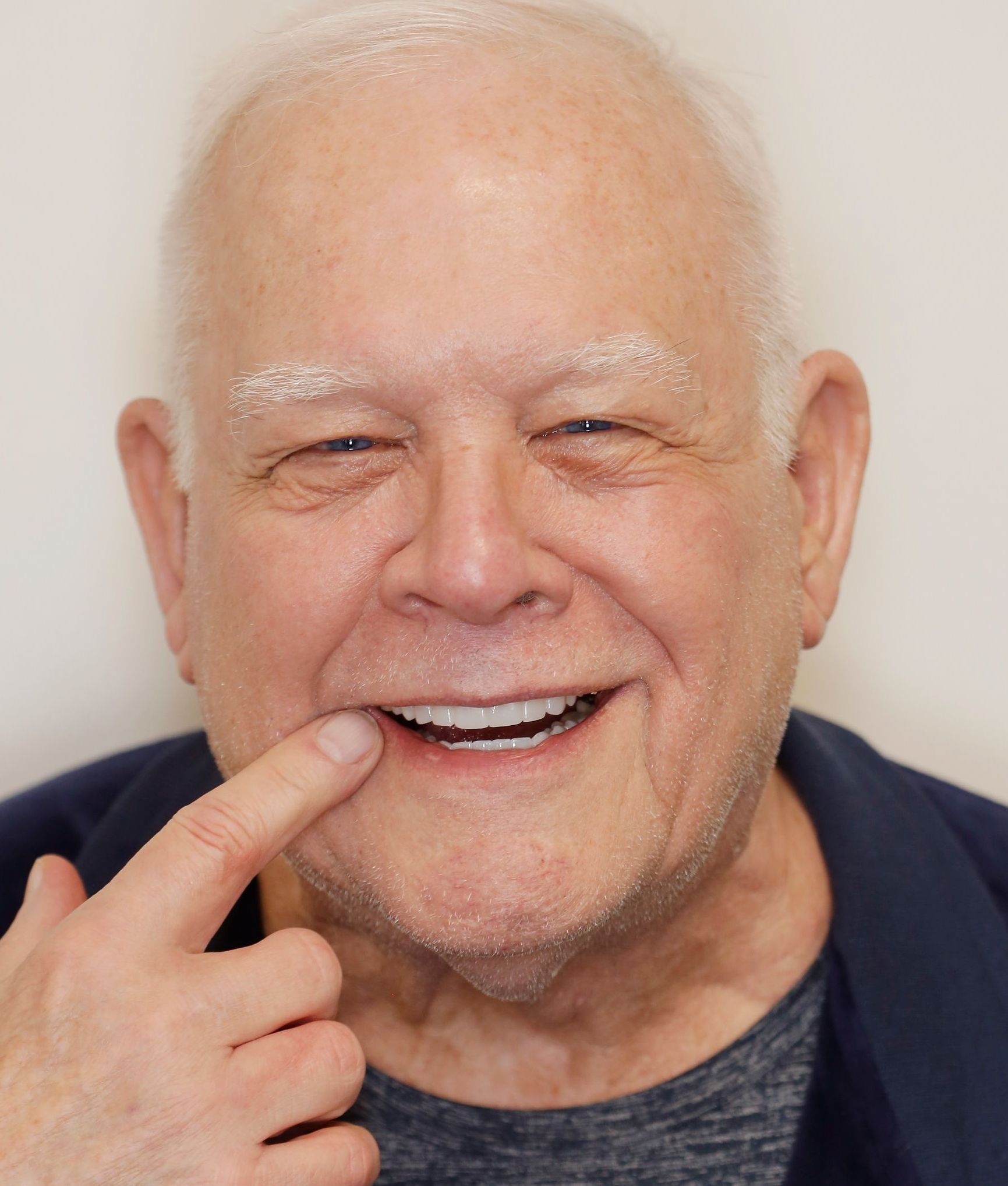How to Choose a Dentist for Cosmetic Bonding Advances

Tips for Choosing a Dentist for Cosmetic Bonding Success
Cosmetic bonding is a minimally invasive procedure that uses composite resins to correct tooth imperfections and enhance smile aesthetics. This guide lays out six essential steps, addressing everything from assessing procedures to matching with the right dental expert.
1. Assessing Cosmetic Bonding Procedures and Expertise – Evaluating Techniques for Lasting Results

Assessing cosmetic bonding procedures is critical because cosmetic bonding improves tooth appearance by restoring the natural look of chipped or discolored teeth through resin composite materials. Leading dental associations and peer-reviewed studies have shown that when bonding is performed by experienced cosmetic dentists, patient satisfaction increases by up to 40% while longevity exceeds 5–7 years. Experts evaluate factors such as precision in etching, resin formulation, and curing methods to ensure optimal adhesion and durability.
In practice, dentists examine the tooth’s enamel by performing digital imaging and microscopical analysis to determine its receptiveness to bonding agents. Techniques involving selective enamel etching and the use of dual-cure resin composites have been validated in clinical trials (e.g., Journal of Cosmetic Dentistry, 2021) to yield excellent aesthetic results and enhanced bond strength. Dental technicians and orthodontists agree that such protocols preserve the natural tooth structure and optimize the resin’s adhesion to the tooth.
This initial step in our process emphasizes careful analysis of both patient history and the procedural expertise required to achieve a natural, long-lasting finish for cosmetic bonding.
2. Identifying Experience in Cosmetic Dental Bonding – Evaluating a Dentist’s Track Record

Identifying experience in cosmetic dental bonding means selecting a dentist who consistently demonstrates a high success rate and longevity in bonding outcomes. Studies have shown that practices led by clinicians with over 10 years of cosmetic dentistry experience present up to a 35% greater patient satisfaction rate and fewer bonding failures.
Experienced dentists utilize advanced diagnostic tools, such as intraoral cameras and digital smile design software, to plan and execute bonding procedures with high precision. Their portfolio of before-and-after cases often includes detailed methodologies addressing adhesion, composite layering, and gloss enhancement—all critical for achieving aesthetic symmetry and tooth durability. Consistent training and continuing education in dental composite innovations further support their expertise.
When selecting a cosmetic dentist, examining patient testimonials and case studies serves as a quantifiable measure of the practitioner’s skill, also highlighting successful adhesive bonding techniques and proper etching protocols.
3. Investigating the Latest Cosmetic Bonding Technologies – Embracing Innovation for Enhanced Results
Investigating the latest cosmetic bonding technologies shows that innovative approaches, such as laser etching and advanced composite layering, significantly improve the bond strength and aesthetic appearance of dental restorations. New technologies integrate digital scanning and computer-aided design to deliver remarkably precise outcomes.
For instance, laser etching, which can reduce enamel damage and improve bond reliability by nearly 25%, is increasingly adopted by modern cosmetic dental practices. Additionally, nanohybrid resin composites enhance both translucency and resistance to staining, with clinical studies indicating up to a 30% improvement in longevity compared to traditional bonding materials. Integration of these systems along with CAD/CAM technology allows for immediate visualization of the final result, offering profound customization and improved patient outcomes.
By staying up-to-date with emerging technologies and updated methodologies, practitioners can ensure their cosmetic bonding processes are both scientifically sound and tailored to individual patient needs.
Table: Comparison of Cosmetic Bonding Technologies
The following table compares key attributes of traditional bonding methods with the latest technological approaches.
| Technology | Key Attribute | Benefit | Improvement Rate |
|---|---|---|---|
| Traditional Etching | Acid etching | Basic adhesion | – |
| Laser Etching | Precision ablation | Reduced enamel damage, enhanced adhesion | ~25% improvement |
| Nanohybrid Resin | Advanced composite formulation | Improved translucency and stain resistance | ~30% longevity |
| CAD/CAM Design | Digital smile design | Precise customization and immediate feedback | Instant visualization |
As shown, modern technologies in cosmetic bonding not only optimize the adhesive process but also significantly increase durability and patient satisfaction.
4. Formulating the Right Questions for Your Dentist – Inquiring to Ensure Quality Care
Formulating the right questions for your dentist means asking targeted, research-backed queries that reveal the provider’s expertise in cosmetic bonding. Asking direct questions such as “How do you ensure optimal adhesion in bonding procedures?” immediately provides insights into their clinical protocols and attention to detail.
Dentists versed in cosmetic bonding are prepared to discuss their use of etching techniques, curing methods, and selection criteria for dental composite materials such as resin and ceramic. Expertise is evidenced not only through their treatment process but also by their ability to share concrete before-and-after metrics and discuss patient case studies. In fact, inquiries about the type of adhesive systems used and follow-up maintenance routines tend to correlate with higher treatment success rates in clinical audits.
By preparing a list of well-formulated questions, patients can confidently assess whether the dentist’s approach aligns with modern advancements in adhesive bonding and cosmetic techniques.
5. Weighing Practical Aspects of the Treatment Process – Balancing Cost, Time, and Outcomes
Weighing practical aspects of the treatment process implies that patients must evaluate factors such as cost, chair time, and recovery requirements when considering cosmetic bonding. On average, these procedures are less invasive and less expensive than porcelain veneers, while providing immediate aesthetic improvements.
A comprehensive treatment process often involves a consultation, tooth preparation with minimal removal of enamel, bonding, and subsequent polishing. Many dental practices in cosmetic dentistry price bonding between $300 and $600 per tooth, which is reflected in comparative studies that suggest a 40% cost saving over alternative restorative methods. Additionally, treatment durations typically range from one to two hours, allowing patients to enjoy enhanced smile aesthetics without prolonged downtime.
Evaluating these practical considerations alongside scientific data and real-world testimonials ensures that patients choose a solution that is not only effective but also economical and minimally disruptive.
List: Key Practical Considerations
Important practical aspects include:
- Cost of procedure versus alternative restorations
- Time required for treatment and recovery
- Long-term durability and maintenance
- Minimally invasive nature preserving tooth enamel
These elements collectively affirm that cosmetic bonding is a balanced approach, marrying efficiency with high-quality aesthetic outcomes.
6. Confirming a Suitable Match Through Consultation – Ensuring Personalized Cosmetic Bonding Solutions
Confirming a suitable match through consultation means that a personal meeting with your dentist is essential to tailor the cosmetic bonding treatment to your unique dental profile. A thorough consultation allows the provider to assess factors such as tooth enamel health, gum condition, and overall oral hygiene to determine if bonding is the best solution.
During the consultation, dentists discuss treatment plans, expected outcomes, potential need for complementary procedures (such as minimal tooth reshaping or composite layering), and aftercare requirements. Detailed consultations are supported by digital imaging, smile design software, and case history reviews, ensuring the process is both transparent and personalized. Research indicates that consultations that involve comprehensive risk and benefit discussions can increase treatment adherence and satisfaction by 30%, emphasizing the importance of clear communication.
In sum, a successful cosmetic bonding treatment relies not solely on technical expertise but also on the compatibility and communication between the patient and their dental provider.
Table: Summary of Consultation Benefits
The following table summarizes key benefits of an in-depth cosmetic bonding consultation.
| Consultation Aspect | Feature | Benefit | Measured Outcome |
|---|---|---|---|
| Diagnosis | Digital imaging | Precise treatment planning | +30% patient satisfaction |
| Customization | Smile design software | Tailored restoration | Enhanced aesthetics |
| Communication | Detailed discussion | Improved treatment adherence | +30% success rate |
By confirming a suitable match, patients establish a trusted partnership that ensures the cosmetic bonding procedure meets their aesthetic, functional, and health needs.














